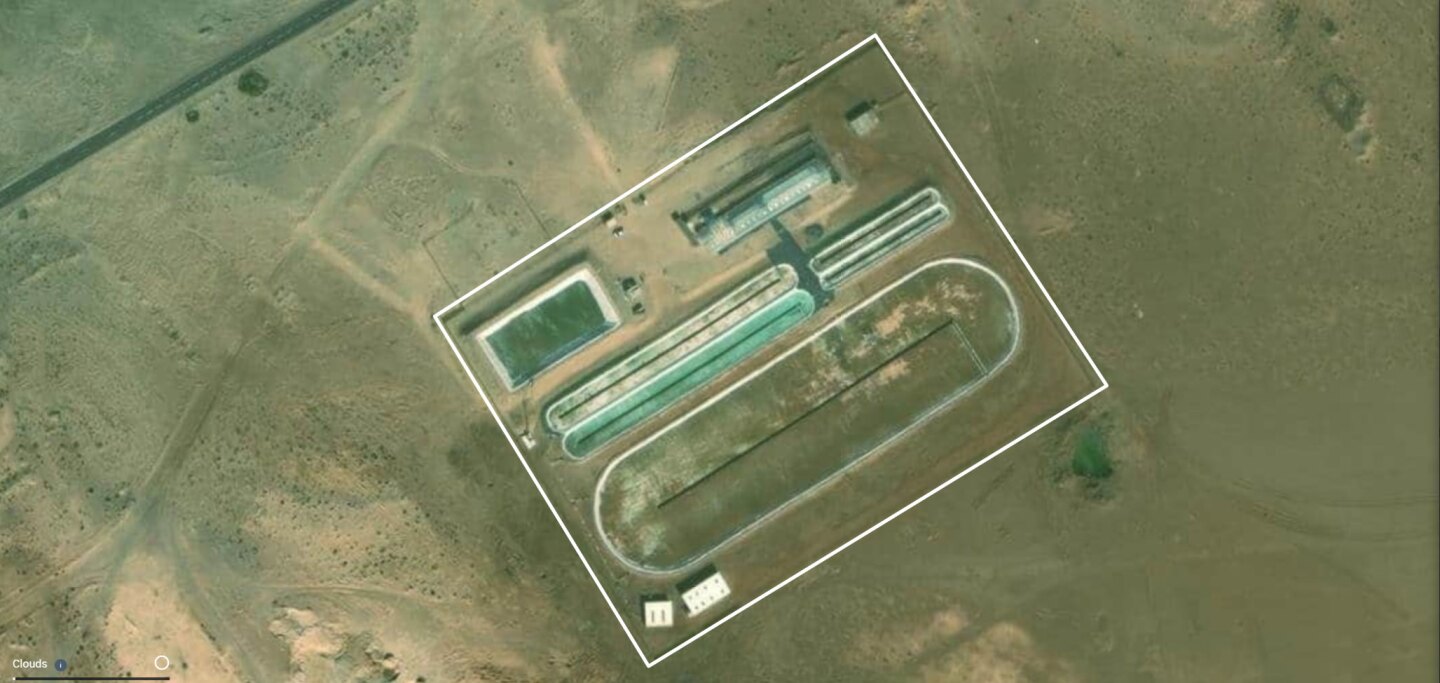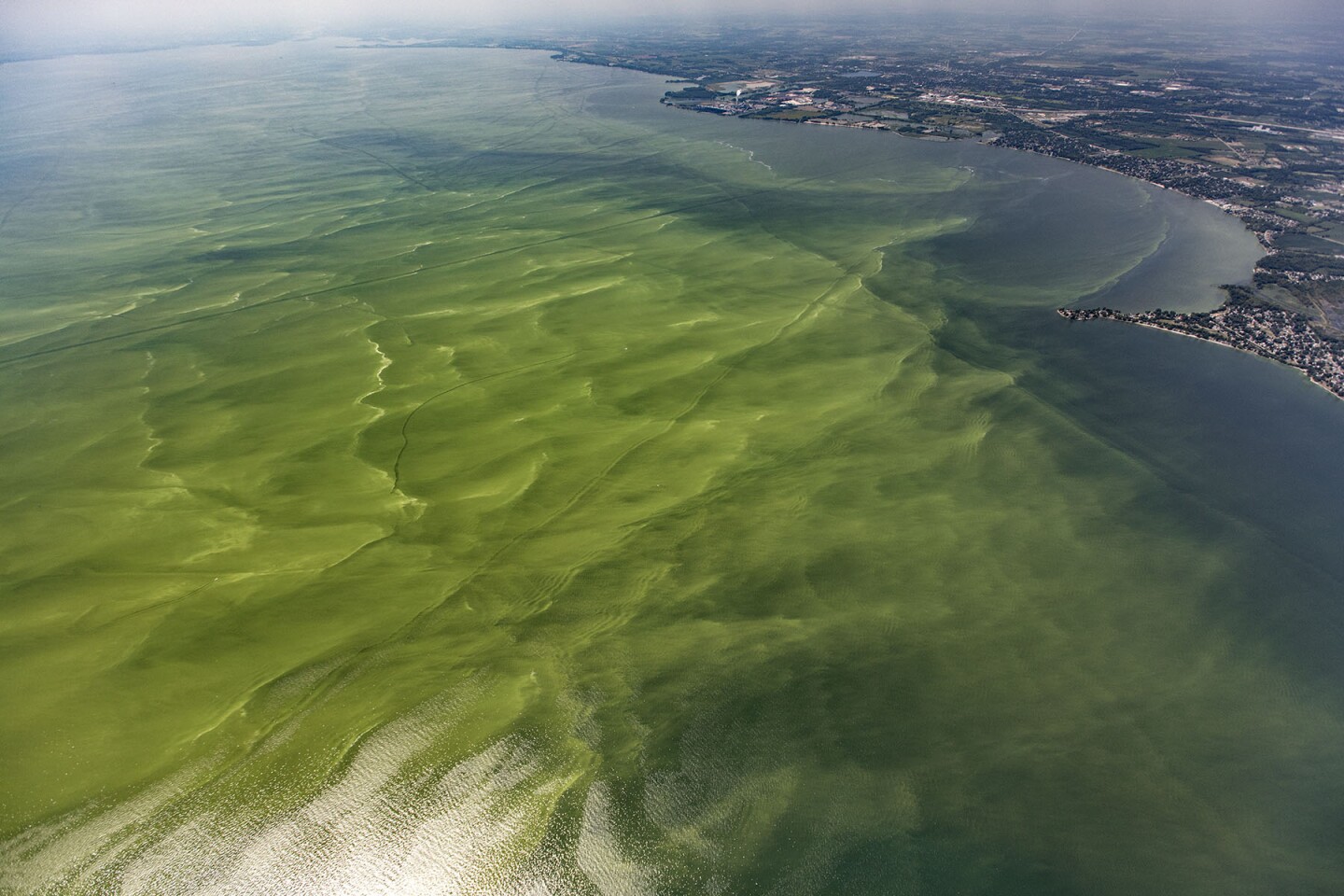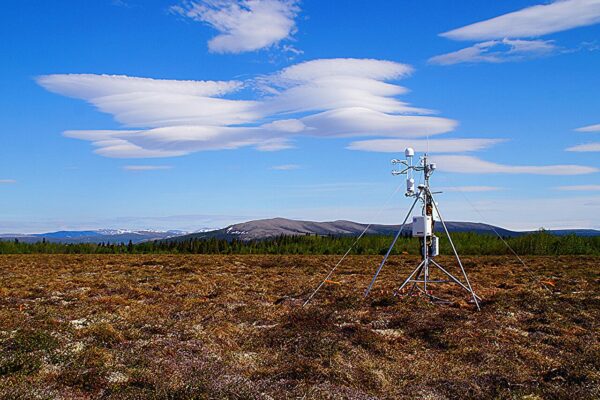Brilliant Planet Aims to Reduce Carbon Emissions Using Algae
London-based startup Brilliant Planet aims to combat climate change by capturing CO2 emissions via the world’s largest algae growth pond
There are already various machines to decarbonize air but the process is quite costly. However, London-based startup Brilliant Planet has come up with a better solution using nature-based technology. They operate a 30,000-square-meter production facility to reduce carbon emissions via the world’s largest algae growth pond.
Algae are a group of predominantly aquatic, nucleus-bearing, and photosynthetic organisms. They grow in the sunlight, like plants, and also help in absorbing carbon dioxide while releasing oxygen into the environment. Hence, it could work as a natural source to capture CO2 emissions while providing a sufficient amount of oxygen to the atmosphere.

Image: NewsAtlas
The company works on a flat desert land beside a coast. Further, a bio-prospectors’ team begins filtering the samples of various local algae strains. They choose the best ones as per the company’s criteria. Hence, they don’t introduce new species into the area and the algae get well-adapted to the local conditions and climate. It means the algae grow in controlled areas for absorbing maximum amounts of CO2 for higher productivity rates.
In 2013, Brilliant Planet started their three-square-meter experiment on St Helena shores in South Africa. Today, they have grown into a vast 30,000-square-meter algae growth facility in the coastal desert of Morocco.

Image: NewsAtlas
Speaking about their natural operation, the company mentions that they work differently from traditional algae systems. They don’t use any artificial test tube system or artificial seawater to capture carbon dioxide. In the ocean, algae grow seasonally. However, the startup has created a natural process of ocean water downscaling to grow algae all year round.
Using this process, the algae system can reduce CO2 for less price while offering productivity at a higher rate. The company is running its test at the Morocco site and has further plans for even larger demonstration facilities. They are also planning for a commercial facility by 2025.
Via: New Atlas


